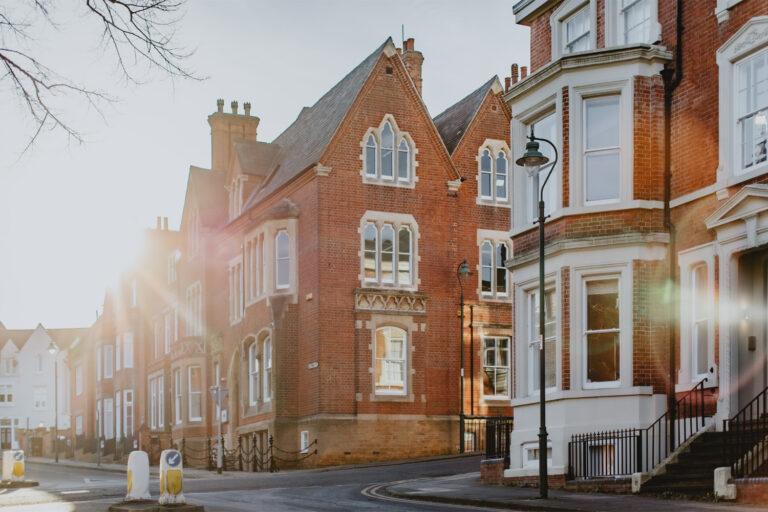Hidden Dangers in Suspended Timber Floors: Why a Survey is Essential
Suspended timber floors are a common feature in older properties, especially Victorian homes, but what lies beneath can often go unnoticed. Dampness and timber are never a good mix – when they come into contact, it can lead to decay, costly repairs, and even floor collapse. At Bramble & Wagg, we ensure no stone is left unturned during inspections, helping you uncover hidden dangers and avoid expensive surprises.

Case Study: West Bridgford Schedule of Condition and Valuation
We recently carried out a Schedule of Condition and separate Valuation Report on a Victorian semi-detached property in West Bridgford, Nottingham. The property was intended for conversion into an HMO, and our findings highlighted the importance of a detailed inspection.

While walking through the ground floor, we noticed minor deflection and a slightly springy feel—subtle signs a buyer might overlook. By investigating further, including an inspection of the cellar, we found wet floor joists caused by damp ingress. This damp had led to significant timber deterioration, and the floor above was dangerously close to collapse.
What Happened Next?
Thanks to our thorough reporting, the buyer was able to negotiate repairs with the vendor before completing the purchase—avoiding what would have been a costly and potentially unsafe issue.
Would This Have Been Picked Up on a Level 2 or Level 3 Survey?
Absolutely! Both Level 2 RICS survey and Level 3 RICS survey would highlight this issue, as they include inspections of accessible areas like floors and basements. However, the level of detail and advice provided by an experienced surveyor can make all the difference in understanding the problem and negotiating repairs.
Why Does Damp in Suspended Timber Floors Matter?
1. Structural Risks: Damp joists weaken over time, causing floors to sag or even collapse.
2. Hidden Dangers: Issues like minor deflection or a springy floor may not seem serious but can indicate significant problems below.
3. Costly Repairs: If left untreated, damp and decay can result in extensive structural repairs and expense.
4. Health Hazards: Damp environments can lead to mould growth, affecting the health of occupants.
Why a Survey is Essential Before You Buy
This case highlights why professional surveys, whether it’s a Schedule of Condition, Valuation, or a full Level 2 or Level 3 Survey, are essential. We investigate areas you might not think to check, following subtle clues to uncover issues that could cost thousands if left undetected.
At Bramble & Wagg, we are passionate about helping buyers in Nottingham and across the East Midlands—including Derby and Leicester—make informed property decisions. We use modern technology, but our expertise and attention to detail mean we’ll never let tech do all the work.
Conclusion
When purchasing a property, particularly older homes with suspended timber floors, it’s vital to know what you’re getting into. Damp, decay, and structural risks can remain hidden but have significant consequences. In our West Bridgford case, a detailed inspection allowed the buyer to negotiate essential repairs, preventing further costs and safety risks down the line.
If you’re buying a property in Nottingham, Derby, or Leicester, get in touch with us at Bramble & Wagg. Whether it’s a Schedule of Condition, Valuation Report, or a full survey, we’re here to ensure you make an informed decision and protect your investment.
Contact us today to book your survey or valuation.







